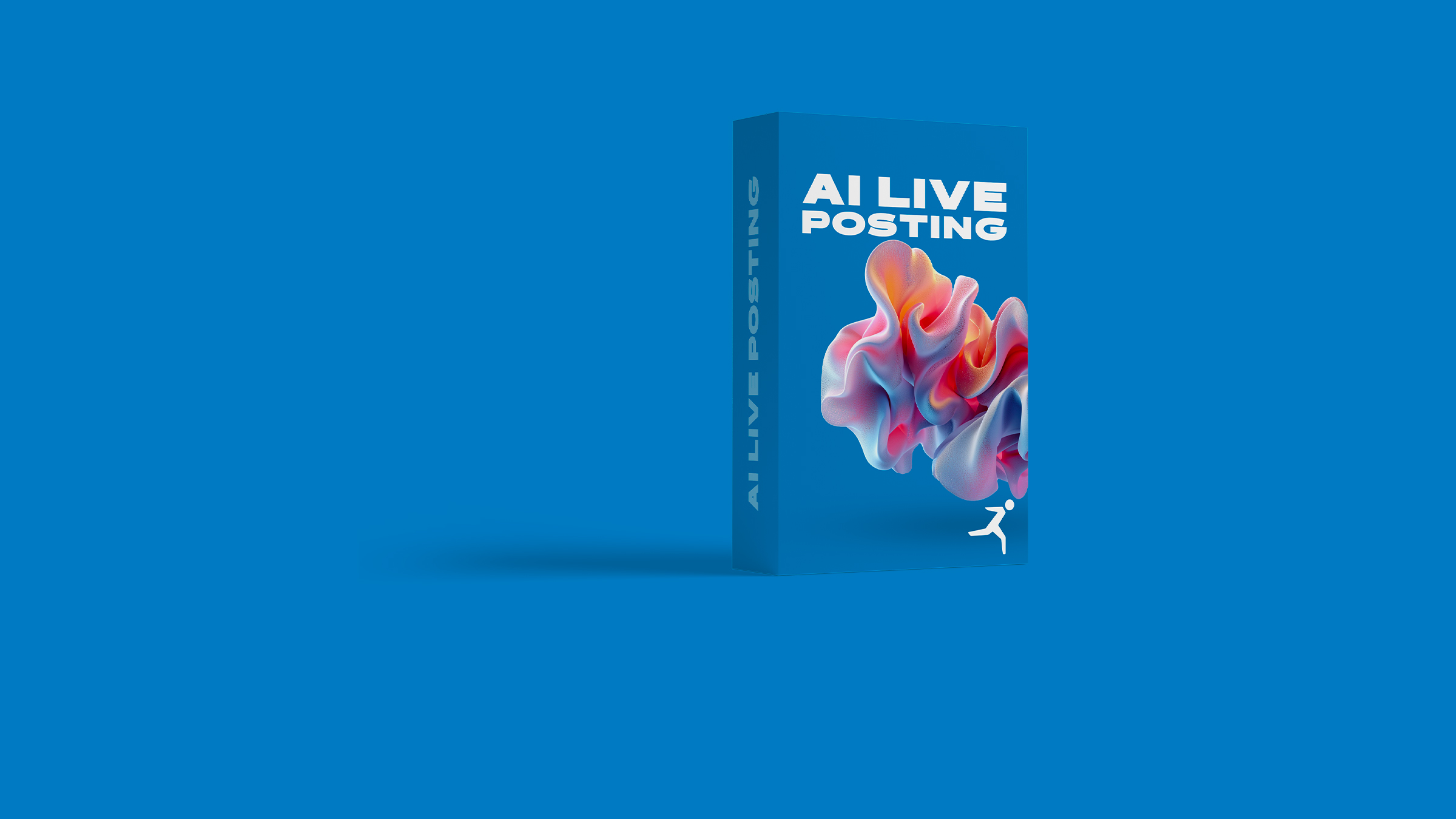LoopMind is Reply's guardrail solution for the control and security of the operations carried out by Generative AI.
)
Activate your Centre of Excellence for AI
Generative AI / Natural Language Processing / Large Language Models
)
)
Redefining ceramic tile with AI
Generative AI / Product design / Pattern generation
,allowExpansion)
)
RAG-based AI chatbot transforms internal documentation
Retrieval-Augmented Generation / Generative AI Chatbot / Automotive Industry
Artificial Intelligence
Working with AI can improve human-led activities, not just reproduce them. AI can change every business and how we perform almost every task.
Generative AI tools
AI as a powerful mind
We dive deep into generative AI and unsupervised AI to create new engines, empowered by their own capabilities and able to imitate not only what humans do, but how they think.
Dialogue with Luigi Einaudi thanks to artificial intelligence
How we transformed the cultural legacy of the economist Luigi Einaudi into an interactive experience accessible to everyone, thanks to artificial intelligence.
;Resize,width=660)
AI for software development
This research unveils the transformative shifts in software development driven by Artificial Intelligence and low-code platforms, weaving through insightful analysis, practical examples, and data-driven findings.
Solving technical challenges with AI
,allowExpansion;Resize,width=1660)
)
An AI-supported customer insight hub for Lufthansa
Europe's largest airline now collects customer experience data centrally in a portal that enables advanced analytics using various specialized large language models.
,allowExpansion;Resize,width=660)
Deploying LLMs designed for language accessibility with AWS and Data Reply
,allowExpansion;Resize,width=660)
Simulation of consumer behavior with Generative AI and synthetic data
;Resize,width=660)
AI red teaming, protect your AI systems
Reply presents a red teaming approach to ensure the security of AI-based solutions adopted by companies, promptly anticipating and counteracting emerging threats.
Improve quality & maintenance with AI
;Resize,width=1660)
)
Predictive Maintenance with SPOT
Hamburg Port Authority relies on autonomous mobile robotics for bridge inspection.
,allowExpansion;Resize,width=660)
)
;Resize,width=660)
Innovating the mobile banking validation system
AI for Business Automation
;Resize,width=1660)
)
Fraport: computer vision and AI optimise airport operations
The solution developed by Axulus Reply for Fraport, one of the leading international companies in the airport business, has contributed to reducing the search and set-up times of the drivers and to minimising empty runs.
;Resize,width=660)
AI enabling excellence in customer service
From vision to reality: how AI-powered autonomous agents transform and enhance customer experience, leading to improved services, automatised processes and elevated customer satisfaction.
,allowExpansion;Resize,width=660)
Accelerating the industrialisation of AI models
Learn how to face the challenges and complexities related to the industrialisation of artificial intelligence and machine learning models with Go Reply's support.
,allowExpansion;Resize,width=660)
,allowExpansion;Resize,width=660)
,allowExpansion;Resize,width=660)
,allowExpansion;Resize,width=660)
,allowExpansion;Resize,width=660)
,allowExpansion;Resize,width=660)
,allowExpansion;Resize,width=660)
;Resize,width=660)
,allowExpansion;Resize,width=660)
,allowExpansion;Resize,width=660)
,allowExpansion;Resize,width=660)
)
,allowExpansion;Resize,width=660)
)
;Resize,width=660)
,allowExpansion;Resize,width=660)
)